Taping and wrapping techniques used in athletic training including instruction in fabricating and applying protective equipment, pads, splints, and supports. Hands-on practical experience emphasized in laboratory sessions. Project required.
Develop the knowledge and skills needed for success outside of teaching with the master’s in physical education (non-certification) program. Choose from our four concentrations to build the degree that suits your needs: Athletic Training, Exercise Science, Physical Education and Sport Management. Curriculum for the physical education master’s program was developed by R.T. Floyd, an award-winning athletic training professional and past president of the National Athletic Trainers’ Association Research & Education Foundation, who has worked at UWA for more than 40 years.
Visit the Academic Catalog for information regarding program admission requirements, prerequisites, course offerings and more.
Program Facts
Program Format
On Campus, Online
Academic Term
Fall, Spring, Summer
Tuition Cost
Number of Credits
33
Academic Calendars
Request More Information
Loading...
Sample Courses
PE510 Protective Techniques for Injuries
3 Credits
PE540 Techniques of Research in Human Performance
3 Credits
Methods and techniques in research. Requirements include: analyzing current research, developing a competency in research writing, and conducting a research project.
PE543 Kinesiology
3 Credits
Musculoskeletal system and body movements involved in various motor skills. Analysis of body movement studied through manual muscle testing and application of mechanical principles.
Career Outlook
The MS in Physical Education is great for individuals seeking physical education careers in hospitals, corporate fitness, collegiate athletics, sport management, and more and for current professionals who are ready to boost their physical education salary potential.
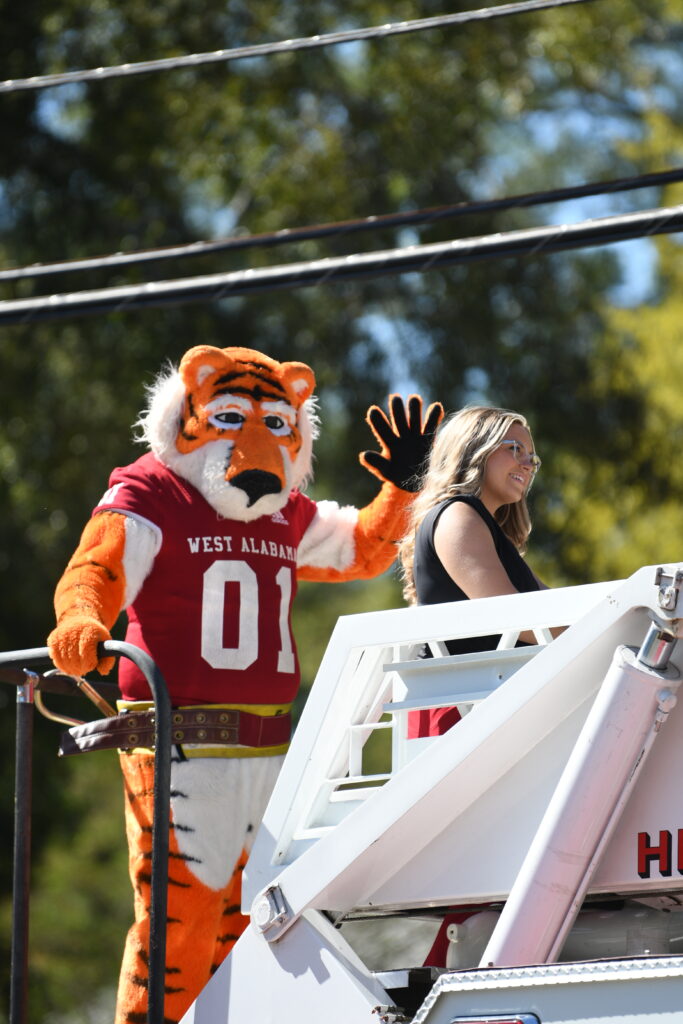
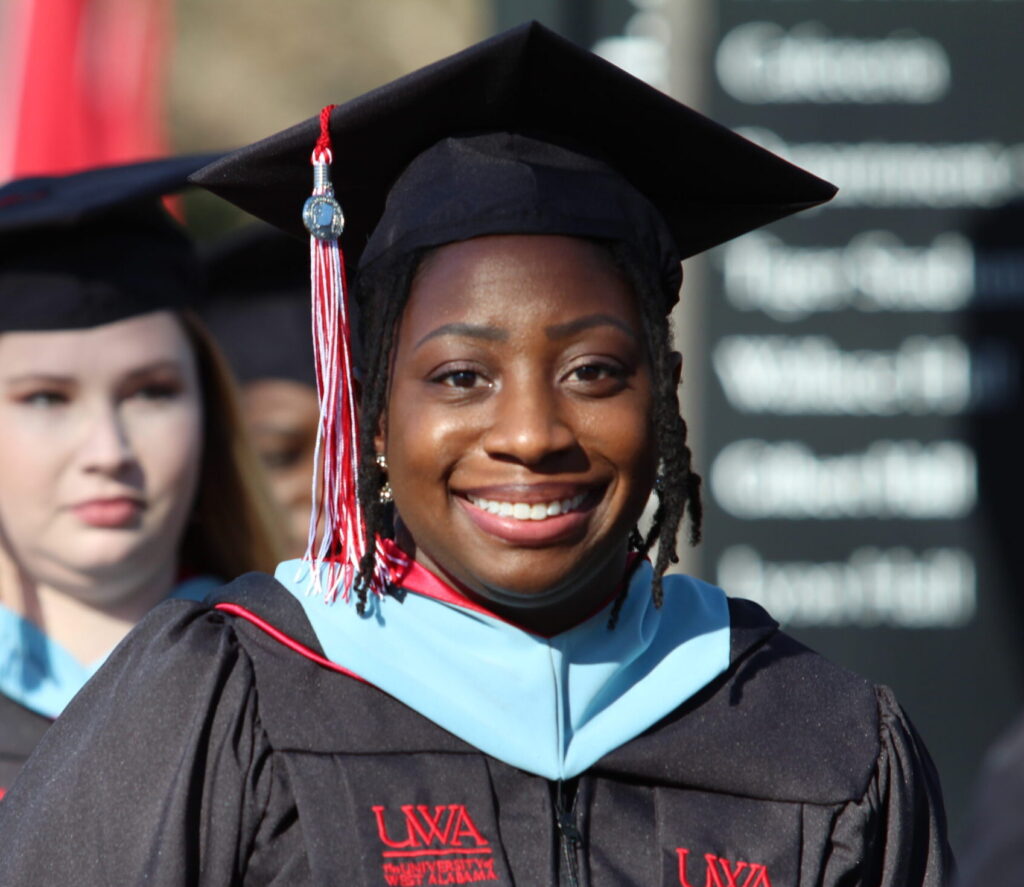
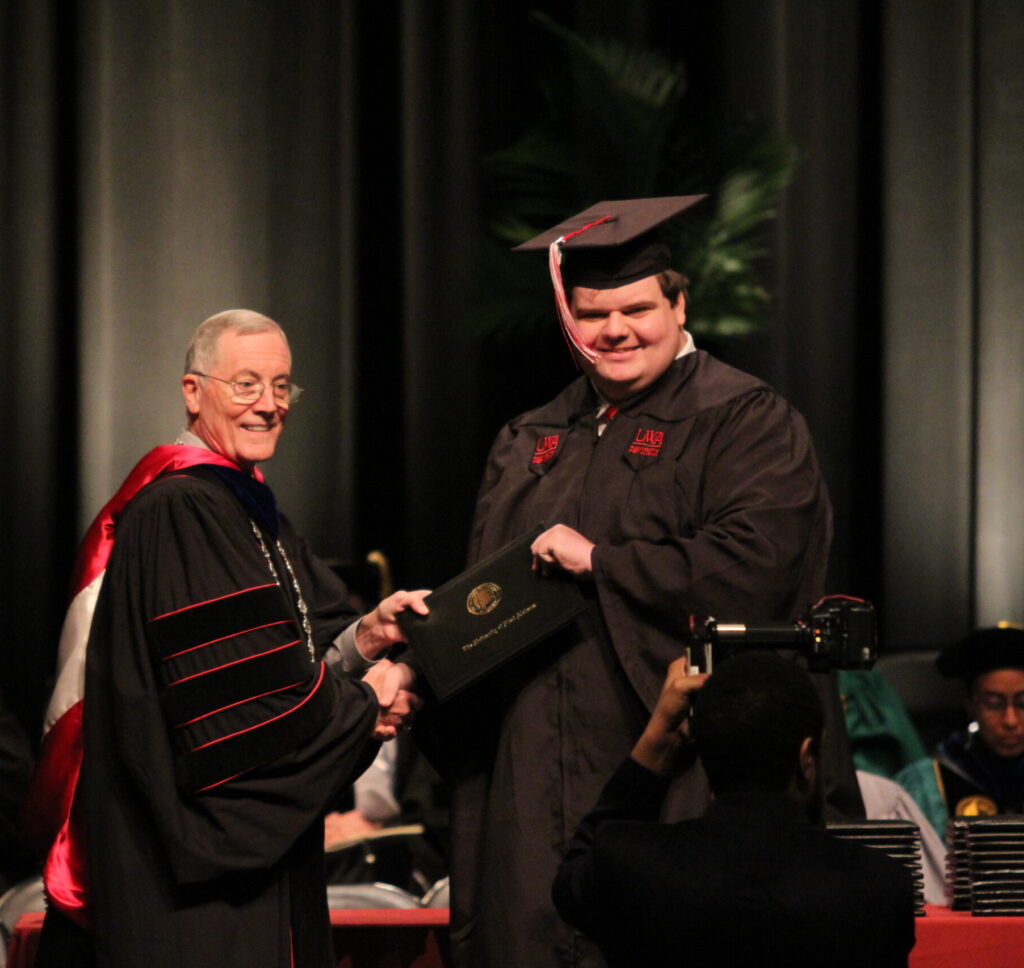
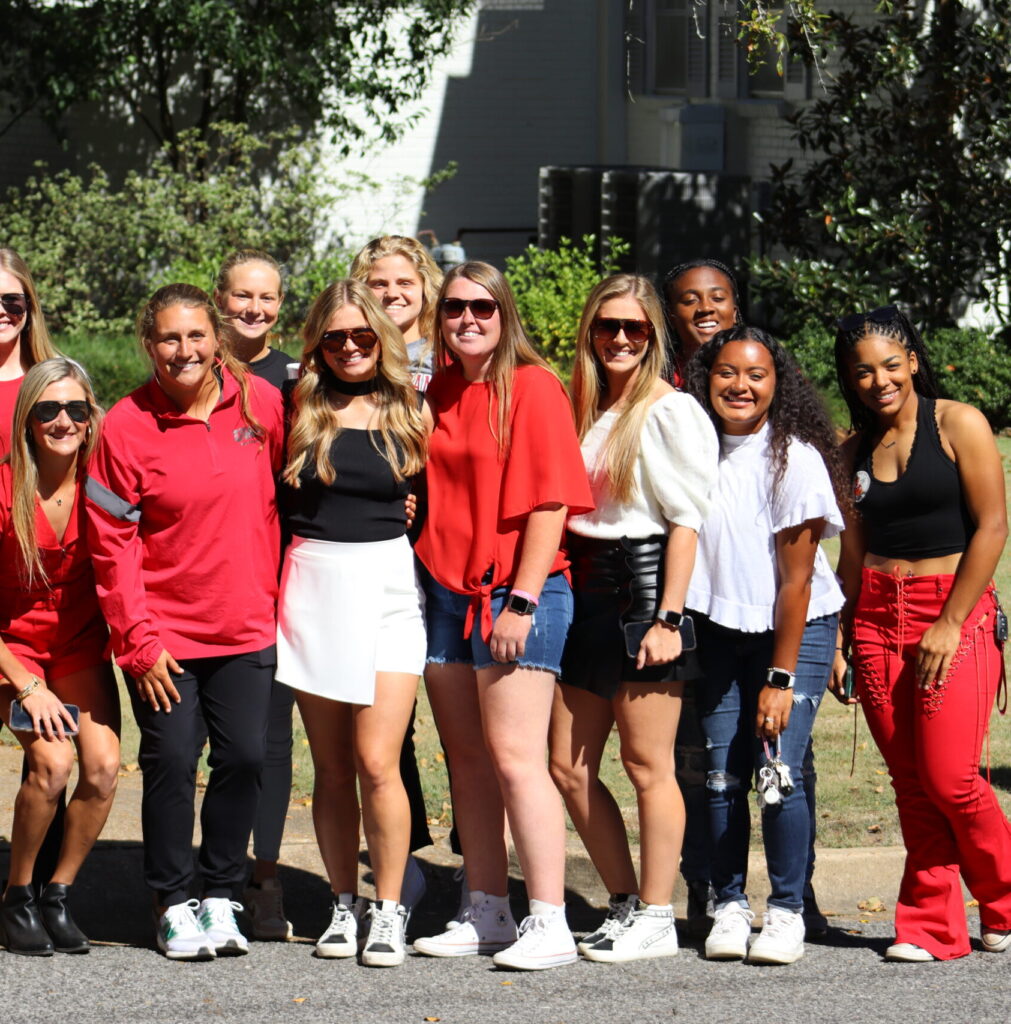
Financial Aid & Scholarships
Financial aid and scholarships provide invaluable opportunities for students to pursue higher education and achieve their academic goals. Financial aid encompasses various forms of assistance, including grants and fellowships, loans, work-study programs and scholarships. Financial aid and scholarships alleviate the financial burden of tuition fees, textbooks and living expenses, making higher education more accessible to students from diverse backgrounds. By supporting students’ financial needs, universities foster a culture of inclusivity, equal opportunity and lifelong learning.
Hear From Our Alumni
Hear from previous and current students about their experiences.
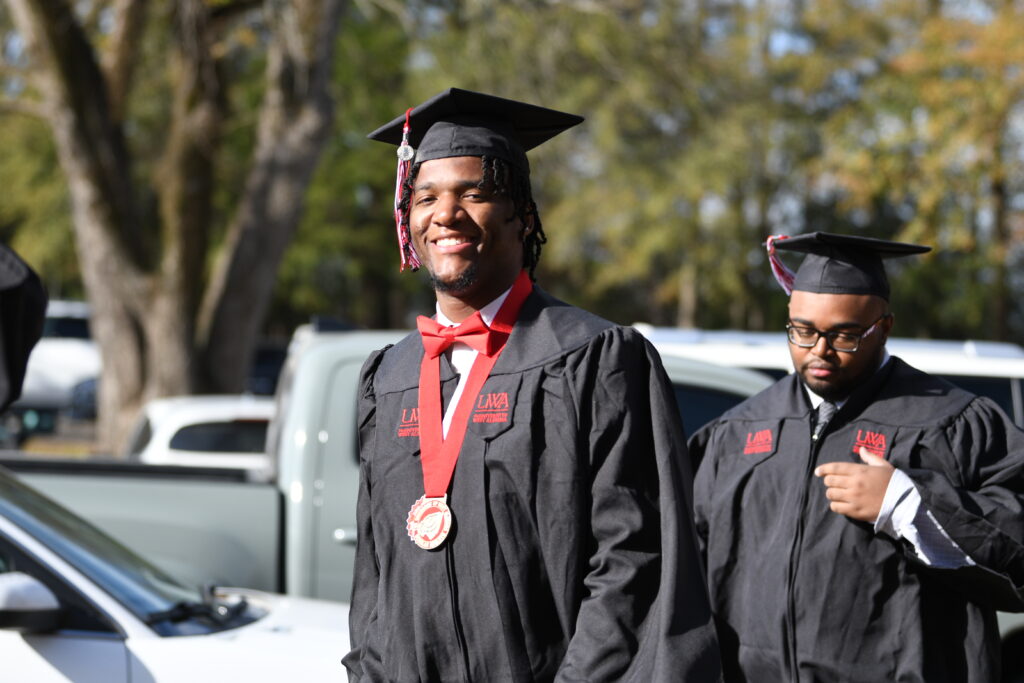
Frequently Asked Questions
Are you a prospective student or visitor looking for information quickly and efficiently? The frequently asked questions (FAQ) section on the university’s website answers common inquiries about admissions, tuition, programs, campus facilities and more.